

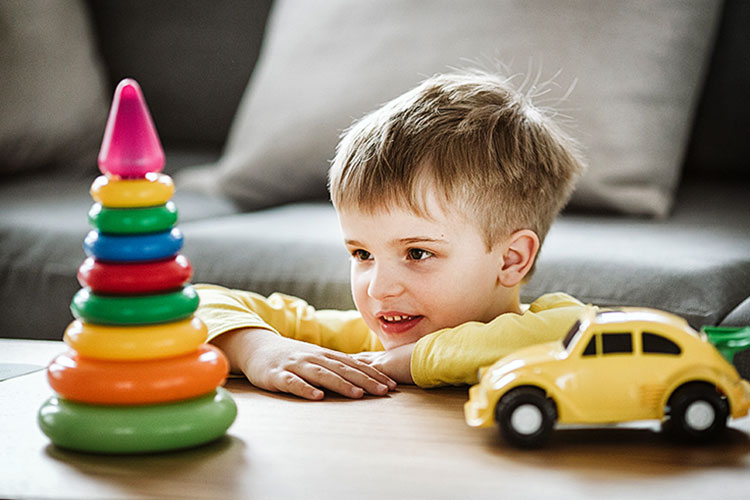
COVID-19 and autism – how children and teens with autism continue to struggle with emotional impact in the midst of the pandemic.
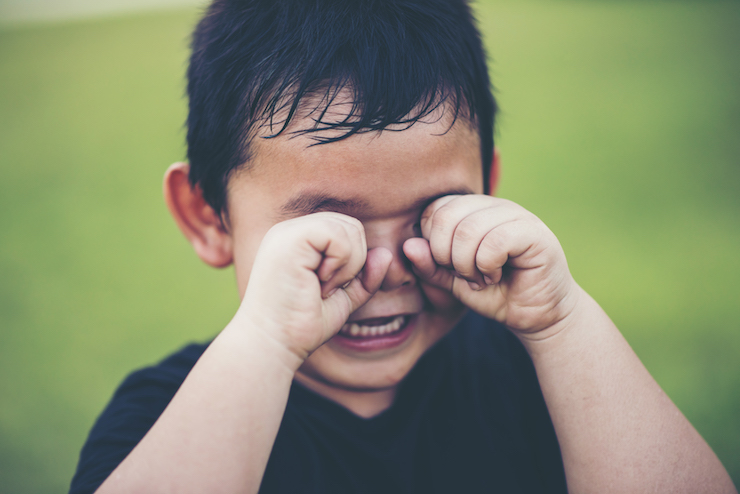
In Part One of this post, we looked at some resources for getting through the day in light of schools and programs being closed. Now, with the ongoing closures and quarantines, many people are dealing with the emotional impact of the COVID-19 pandemic, and this includes kids and teens with autism.
Some may consider the social distancing “right up their alley” when it comes to children and teens with autism. Society tends to think people with autism want to be isolated from others. However, making this assumption can lead a person with autism into unwanted loneliness. Many struggle to connect socially, but that doesn’t mean a person with autism wants to be left alone.
Some may wonder if children and teens with autism are experiencing feelings of sadness, isolation, and deprivation. They may express it differently, or perhaps, they don’t express it verbally, but they definitely feel the same human emotions we all experience. There is nothing out there to suggest that kids with autism are devoid of feeling.
Children and teens with autism know something is different. They may or may not fully comprehend the relationship between a virus and the closing of their schools and programs. But regardless, it is important to presume their competence and address the emotional side of the situation in our country, in our state, and in our neighborhood.

What can contribute to confusing emotions? Seeing people in face masks. Watching images of people on stretchers on TV. Hearing people talk about their own concerns or fears. Another factor contributing to shaky emotions is the overwhelming uncertainty in the air.
We don’t know how long this will last or when schools, libraries, parks, and stores will reopen. We wonder when shelves in markets will be full again, or when toilet paper will be fully in stock.

For kids with autism, uncertainty and the anxiety generated from it can really put them in a tailspin. But how do we address the emotional impact that coronavirus is having on our kids with autism? First, accept that your child is going to struggle more and may display more challenging behaviors than they usually do. Those behaviors are communication. Supporting communication is essential.
Behaviors such as rage, outbursts, meltdowns, and new habits can be revealing the sadness and worry underneath. Chances are, the behaviors popping up are not happening in an intentional way. Rather, the behaviors are outward signs of inner fear and nervousness. Recognizing that is a good place to start when addressing the child’s emotional needs.
Recognizing instead of downplaying (or worse, ignoring) the child’s anxiety in a supportive, neutral manner may help him/her to feel understood. Like the rest of us, the child or teen did not choose to be in this crisis. And the reality is, the child/teen has limited choices right now about their own lives.
They must stay in, they must change routine, they must wash their hands a lot. Let the child know you understand this and feel the same. Helping your child realize that this isn’t happening to just him/her may alleviate a tiny portion of the sadness and/or anger.
Social Stories™ remains a fantastic way to help individuals with autism understand the world around them. Either create your own story based on what your child/teen needs to better understand a situation, or check out Carol Gray’s website.
Nobody can make anxiety go away, and that is why it is important to do what we can to help our children cope with what they feel. What complicates this stay-at-home situation, even more, is that we don’t have a solid date on which things will open. Schools cannot provide a back-to-school date.
Our kids with autism tend to like what is familiar and predictable. So given the situation and the unpredictability, we must try to fill the day with things that they can count on. You can make being at home right now familiar and predictable.
Perhaps new routines at home have already been in place. If they’re working: great. If not, create some new routines. Of course, it might be equally challenging to get back to a school routine when this is over! Don’t you just love that? Just when we’re used to one thing, we have to change again. But that builds resiliency in people, and with support, kids with autism can gain resiliency.
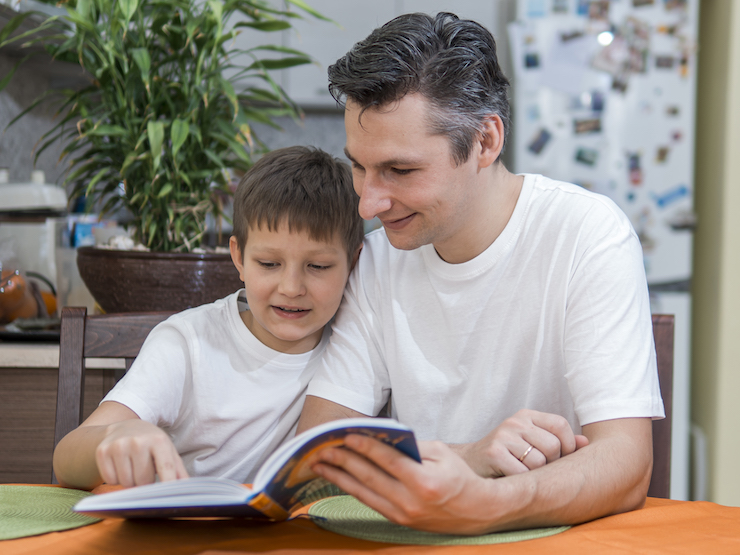
For those students with autism who are visual learners, consider putting emotions on paper or screen to help make feelings more tangible. Look into different ways that the child or teen can connect to emotional states.
The Counseling Teacher has excellent ideas and graphics that support social-emotional learning.
While we’re waiting for life to “go back to normal,” help your child/teen focus on the positive things you are doing as a family. While limiting exposure to fearful images and tension, keep the light and fun moments going, and before bed, provide a little summary for your child of all the good things that happened during the day.
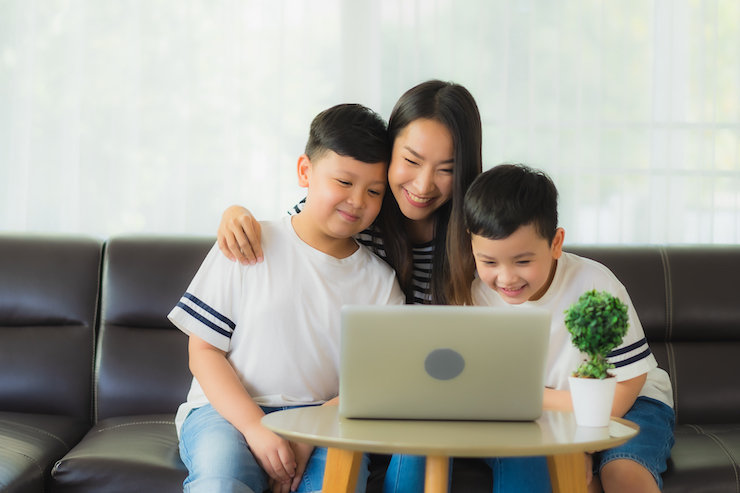
Can you use technology to help them connect with significant people in their life? Would the teacher or a classroom aide do a Zoom visit or a YouTube video? Perhaps relatives can check in with FaceTime? How about a Shared Album with video messages? Using technology to soothe emotional stress can be something that we all learn to do.
Here are two additional tips for helping your child or teen with autism cope with the emotional impact of the coronavirus outbreak. First, just as a parent needs self-care to get through, kids and teens with autism need self-care. Only, they don’t automatically know what that means or how to do that.
So, a parent will need to assist with this. It may take the form of sensory activities (playing in shaving cream…walking in mud…running their hands through slime). It may come from having a favorite treat (homemade sorbet…coconut haystacks…a PB&J). Whatever self-care looks like for that child, do it at least once every day!
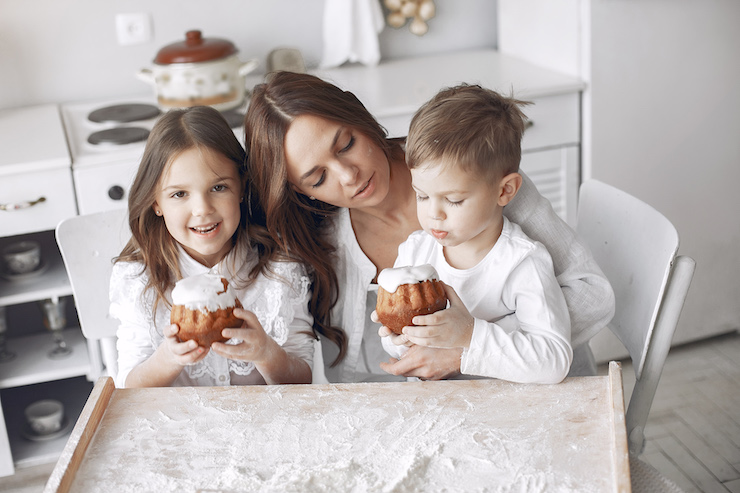
And second, don’t skip parental self-care! Put your oxygen mask on first, as they say so that you are ready to face the challenges of the day. Take breaks when necessary. And whether it’s for one minute, one hour, or an afternoon (if you have that luxury!) make sure you take time for yourself so you can recharge your battery. People with autism can be sensitive to others’ emotional states. So if a parent is calm, there’s a good chance the child feels less anxious.
As kids with autism continue to face uncertainty and mixed emotions about the coronavirus outbreak, parents and caregivers can and must address the emotional struggles and find ways to support the child or teen with autism. Parents are learning each and every day about their child with autism, and coronavirus has given us all quite an opportunity for learning, hasn’t it?
Check out our other special needs blog posts HERE.
Just enter your email address below and you’ll get an email every time we publish a new post!
Categories :
Tags :
Keri is a special needs parent and a veteran high school English and journalism teacher turned writer. She enjoys reading, hiking, gardening, cooking, traveling, wine tasting, and practicing yoga. Both she and her son love to create art. She has a passion for educating people on all things autism. Visit her blog at https://kerimehome.com.
View All PostsNotifications